Gaudí Stool by Bram Geenen
If you’ve ever been to Barcelona—or if you’re old enough to remember seeing the city on tv during the ’92 Olympics—than you know the municipality bears the ubiquitous stamp of Antonio Gaudí. Early in his career, the Catalán architect designed features of many public works in the city, including lampposts at the Plaza Real; the surrealistic Parqué Güell—whose tiered and undulating elevated walkway is finished with the most bizarre and fabulous patchwork of multi-colored mosaic tile; and the curvilinear Casa Mila apartment house.
Gaudí Stool. By Bram Geenen.
His towering achievement—and full disclosure requires mention that many Barcelonese yet consider it a towering eyesore—is the still unfinished Sagrada Familia church, whose elongated forms and tortured columns evoke everything from the art of Spanish compatriot El Greco to the Medieval mise-en-scene of Tolkien’s Lord of the Rings (Gaudí preceded the former, so the designer influenced the writer). The architect is known for his distinctive aesthetic, but many are not aware that—in the case of the church—the form followed the function. I mention Gaudí at length because the Catalan’s work is particularly apropos of the subject of this post, Dutch designer Bram Geenen’s ultra-light, super-strong, carbon-fiber Gaudí stool, a piece whose supportive under-structure borrows generously from the philosophy of Gaudí. Like the Sagrada Familia, Geenen’s piece is modeled on the notion that gravity can tell us more than we need to know about efficient engineering. To wit, “from a long, meticulous empirical study of models of inverted weights with chains or strings and graphic calculations, Gaudí managed to determine the inclination of the load-bearing elements (the columns were modeled after the shapes of trees) in order to optimize the structural behavior by transferring the loads to the central nucleus. In that way he makes the compression elements work and reduces the flexed elements to the minimum.”
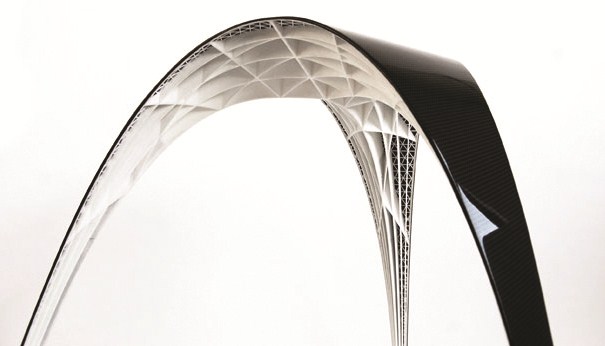
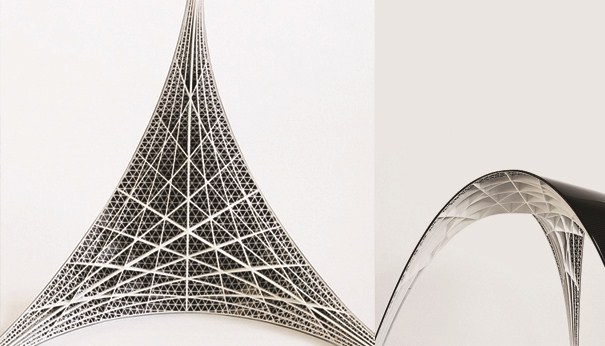
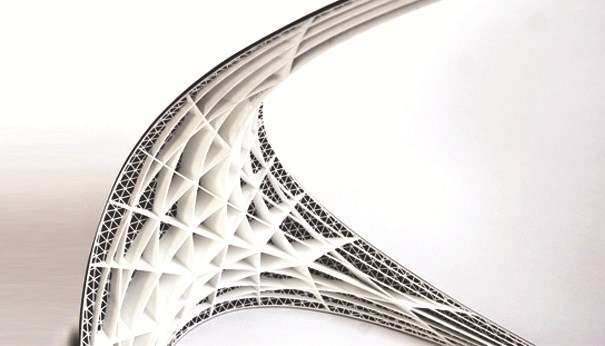
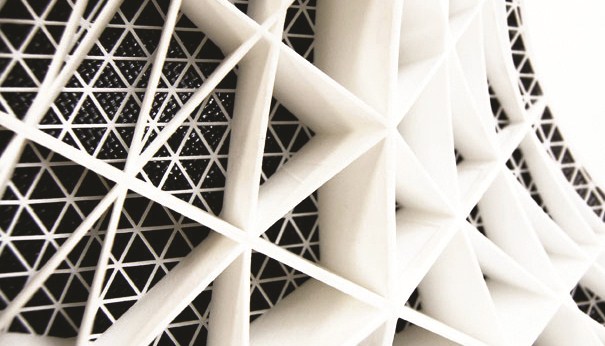
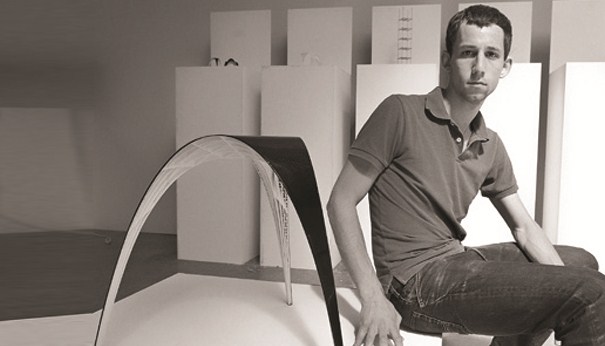
The same might be said about Geenen’s stool. Designed as part of the Furnistructures Project, a collaborative endeavor into the concept of lightness, or “the essence of a structure which has to sustain loads efficiently while using as little material as possible,” the piece argues persuasively for the benefits of lighweight structures, not the least of which is a decreased environmental price tag.
The aesthetic of the piece is clean-lined and modern, though the lines are languorously curvilinear rather than strictly straight, aligning it with products that synthesize space-age with insectivorous (take a look at HGW). Though the engineering of the piece is modeled on the work of Gaudí, the look of it is singularly strange in its own right. The elongated proportions may resemble those of many of Gaudí’s projects, but the exterior is unadorned and thus unlike much of work of the Master, who seems to have had a preference for Baroque/Rococo/Art Nouveau embellishment. Only when one flips the stool over (easy to do, given that it weighs a mere kilogram), does the influence of Gaudí clearly show, the intertwined network of miniature lattice and microscopic column recalling nature’s ingenuity: deposits of crystalline silica, or the filament patchwork of an overworked spider in the crevices of a behemoth oak. All told, the Gaudí stool is an impressive piece of work; it’s an aesthetically captivating feat of engineering that recognizes the past while looking headlong to the future.
Via the Chair Blog
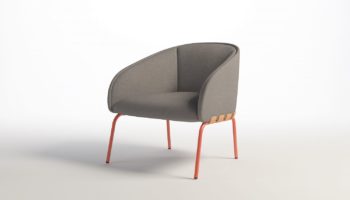
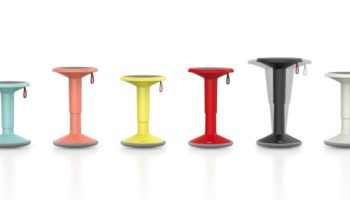
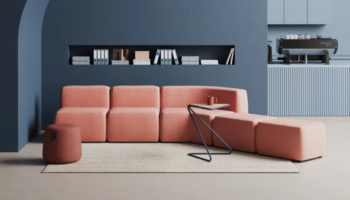
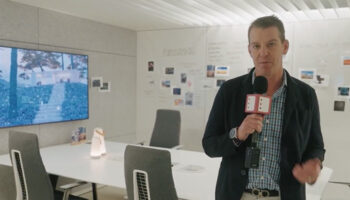
Leave a Reply